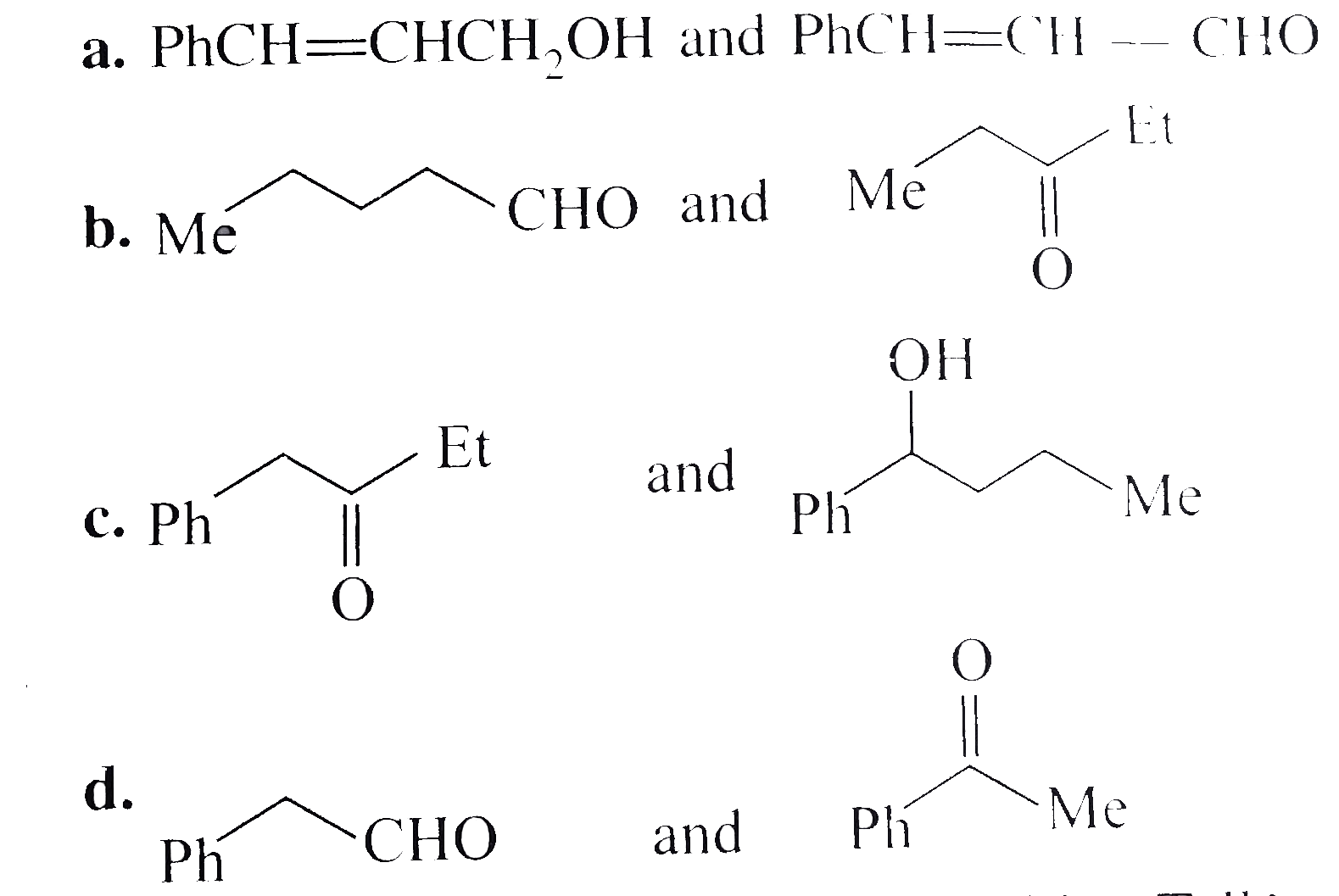State four major physical properties that can be used to distinguish between covalent and ionic compounds. Mention the distinguishing features in each case.
To distinguish between covalent and ionic compounds, we can consider the following four major physical properties:
1. Electrical Conductivity:
- Ionic Compounds: Ionic compounds conduct electricity when dissolved in water or melted because they dissociate into ions that can move freely.
- Covalent Compounds: Covalent compounds do not conduct electricity in any state (solid, liquid, or gas) because they do not produce ions.
2. Melting and Boiling Points:
- Ionic Compounds: Ionic compounds have high melting and boiling points due to the strong electrostatic forces of attraction between the oppositely charged ions.
- Covalent Compounds: Covalent compounds generally have low melting and boiling points because the intermolecular forces (like van der Waals forces) are weaker than ionic bonds.
3. Solubility:
- Ionic Compounds: Ionic compounds are typically soluble in polar solvents (like water) due to their ability to interact with the polar molecules and dissociate into ions.
- Covalent Compounds: Covalent compounds are usually soluble in non-polar solvents (like benzene) because they are non-polar themselves and do not interact well with polar solvents.
4. Physical State:
- Ionic Compounds: Ionic compounds are usually hard, brittle crystalline solids at room temperature due to the strong ionic bonds holding the lattice structure together.
- Covalent Compounds: Covalent compounds can exist in various states (solid, liquid, or gas) at room temperature and are generally softer than ionic compounds.
Summary of Distinguishing Features:
- Electrical Conductivity: Ionic (conductive in solution) vs. Covalent (non-conductive).
- Melting and Boiling Points: Ionic (high) vs. Covalent (low).
- Solubility: Ionic (soluble in polar solvents) vs. Covalent (soluble in non-polar solvents).
- Physical State: Ionic (hard, brittle solids) vs. Covalent (soft, various states).
---
- Ionic Compounds: Ionic compounds conduct electricity when dissolved in water or melted because they dissociate into ions that can move freely.
- Covalent Compounds: Covalent compounds do not conduct electricity in any state (solid, liquid, or gas) because they do not produce ions.
- Ionic Compounds: Ionic compounds have high melting and boiling points due to the strong electrostatic forces of attraction between the oppositely charged ions.
- Covalent Compounds: Covalent compounds generally have low melting and boiling points because the intermolecular forces (like van der Waals forces) are weaker than ionic bonds.
- Ionic Compounds: Ionic compounds are typically soluble in polar solvents (like water) due to their ability to interact with the polar molecules and dissociate into ions.
- Covalent Compounds: Covalent compounds are usually soluble in non-polar solvents (like benzene) because they are non-polar themselves and do not interact well with polar solvents.
- Ionic Compounds: Ionic compounds are usually hard, brittle crystalline solids at room temperature due to the strong ionic bonds holding the lattice structure together.
- Covalent Compounds: Covalent compounds can exist in various states (solid, liquid, or gas) at room temperature and are generally softer than ionic compounds.
- Electrical Conductivity: Ionic (conductive in solution) vs. Covalent (non-conductive).
- Melting and Boiling Points: Ionic (high) vs. Covalent (low).
- Solubility: Ionic (soluble in polar solvents) vs. Covalent (soluble in non-polar solvents).
- Physical State: Ionic (hard, brittle solids) vs. Covalent (soft, various states).
Topper's Solved these Questions
- CHEMICAL BONDING AND MOLECULAR STRUCTUREBOOK - CENGAGE CHEMISTRY ENGLISHCHAPTER - CHEMICAL BONDING AND MOLECULAR STRUCTUREEXERCISE - Archives True/False
7 Videos
- ATOMIC STRUCTUREBOOK - CENGAGE CHEMISTRY ENGLISHCHAPTER - ATOMIC STRUCTUREEXERCISE - Concept Applicationexercise(4.3)
19 Videos
- CHEMICAL EQUILIBRIUMBOOK - CENGAGE CHEMISTRY ENGLISHCHAPTER - CHEMICAL EQUILIBRIUMEXERCISE - Subjective type
1 Videos
Similar Questions
Name a reagent which can be used to distinguish between ethane and ethene.
View SolutionDistinguish between constipation and indigestion. Mention their major causes.
View SolutionWhich property can be used to distinguish colloidal solutions and true solutions?
View SolutionGive a simple test to distinguish between the compounds in each of the following paris.

View SolutionWhich of the following reagents can be used to distinguish between a sulphite and a sulphate in solution?
View SolutionWhich of the following reagents can be used to distinguish between SO2andCO2?
View SolutionWhich of the following reagents can be used to distinguish between SO2 and CO2?
View SolutionState chemical tests to distinguish between the following pairs of compounds :
Phenol and benzoic acid.
View SolutionThe following two compounds I and II can be distinguished by using reagent

View SolutionWhich of the following reagents can be used to distinguish primary amines from other compounds?
View Solution
